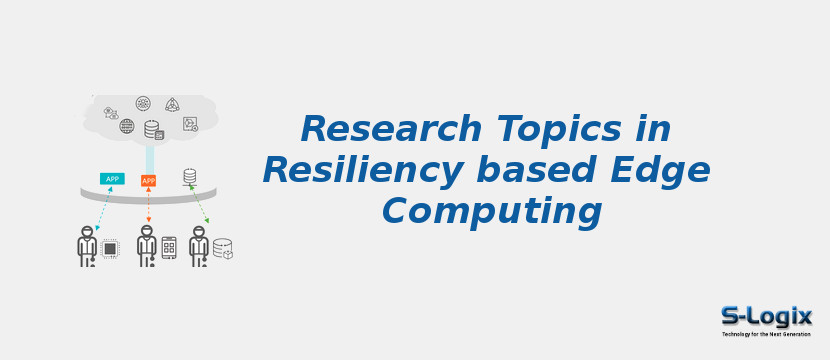Resilient Edge Computing tells about deploying computing and data storage resources at the edge of a network, near the sources of data, to improve the performance, reliability, and responsiveness of applications and services. Resilience means "the ability of a system to arrange an acceptable level of service in the face of challenges". Resilience is not only about service availability but also about maintaining the confidentiality and integrity of information.
The architecture is designed to be resilient, meaning that it can withstand failures and dynamically redirect computing tasks to other network nodes to maintain high service availability. It helps to ensure that critical applications continue to function even in the event of failures or disruptions, making the overall system more robust and dependable. Edge computing can also enable real-time processing and analysis of data, reducing the latency associated with sending data to central data centers.
Resilience is assessed using two key metrics :
• Recovery Time Objective (RTO): RTO infers to the time it takes a system to recover from an interruption to avoid business continuity disruption.
• Recovery Point Objective (RPO): RPO describes the closest point at which a system can recover from an interruption. Intrinsic and often desirable properties make standard resilience solutions more difficult to implement.
• Elasticity:
Resources in the form of redundant storage for backup recovery and additional network capacity are required to provide resilience and service assurance.
• Virtualization:
The difficulty of ambiguous interactions and arranging the system accordingly lies in providing the reliability that guarantees in terms of availability and responsiveness, and providing resilience to external disruptions such as security attacks.
• Infrastructure Threats.
• Virtualization.
• Privacy Leakage.
• Human-in-the-Loop Edge Computing: Research is needed to develop edge computing solutions incorporating human input and feedback, enabling more effective and efficient decision-making.
• Application-Specific Edge Computing: Research is needed to develop edge computing solutions optimized for specific applications and use cases, such as gaming, virtual reality, and real-time video processing.
• Smart and resilient EV charging in SDN-enhanced vehicular edge computing networks.
• Resilient authentication and authorization for the Internet of Things (IoT) using edge computing.
• Design Guidelines and a Prototype Implementation for Cyber-Resiliency in IT/OT Scenarios Based on Blockchain and Edge Computing.
• R-drive: Resilient data storage and sharing for mobile edge computing systems.
